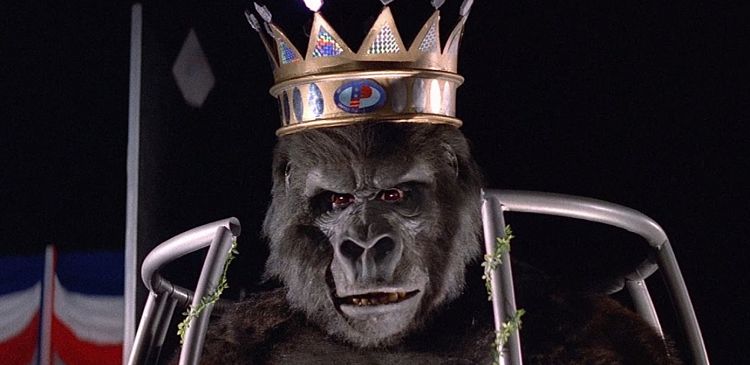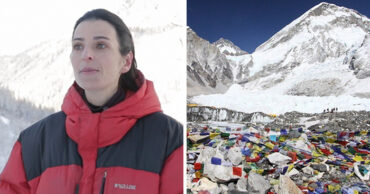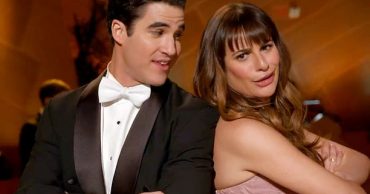
Long before Godzilla helped define Japanese cinema in the mid-20th century, King Kong defined what was possible with giant monsters in American cinema. The 1933, original version of King Kong was a smash hit in movie theatres around the country–which was all the more impressive during the Great Depression. That movie showed what was possible when artists collided to create a fantastic adventure story with equally impressive stop-motion special effects. Thankfully, the concept of the remake/reboot craze is largely a 21st century phenomenon, but occasionally, a classic movie would get the remake treatment, which is what led to the 1976 remake of King Kong. As remakes go today, Kong ’76 is a standout, and a classic example of how to do a remake the right way. This film stayed true to the majestic wonder of the original, but changed the story just enough to stand on its own. But hindsight is always 20/20, and in 1976, the movie was panned by critics despite earning a respectable, yet disappointing intake at the box office. But there is something irreverent about the De Laurentiis remake; rather its the corny dialogue, heavy-handed themes, or pure 70s cheesiness is always up for debate. For me, the movie has this special something that keeps it from being a total bomb. Here’s why.
The Film Is a Metaphor for Environmentalism
In the remake, gone is the wacky adventurism of filmmaker Carl Denham, and the reasoning for the travel to Skull Island is to retrieve its oil reserves. Charles Grodin’s Fred Wilson is both sleazy and the epitome of an uber-capitalist, but he still manages to make us chuckle underneath his oily businessman veneer. The rape of the environment saturates the subtext of Kong ’76. So much so that when the crew arrives on the island, and discovers it’s oil is not mature enough to go into cars and engines yet, the discovery of Kong gives Wilson something to take back home as not to accept a total loss, and that something is product promotion. Searching for oil, disrupting pristine wilderness, and harvesting a giant gorilla to use as nothing more than a Ronald McDonald for an oil conglomerate were likely not what audiences were expecting, but in terms of story, this movie’s themes are actually moving and well-executed.
Dwan Is More Likable Than Ann Darrow
Fay Wray’s iconic Ann Darrow is replaced by a character named ‘Dwan’–or, ‘Dawn’ with two letters switched as she points out. Jessica Lange (in her film debut) plays Dwan as equal parts ditzy, equal parts compassionate, and of course, ravishingly beautiful. She is much more engaging on screen, and manages to imbue the character with a range of emotions and nuances, which is not to say that Fay Wray’s iconic screams and moments of distress were bad. But the apple of Kong’s eye in the remake is a much more lived-in performance, and Lange is nowhere near as bad as highbrow critics claimed she was when the film was reviewed. Unfortunately, the film’s infamous reputation at the time stalled her acting career for a few years–but that certainly did not last. She hardly screams at all in the film, and this is something that Peter Jackson carried over with Naomi Watts’ Ann Darrow in the second remake of King Kong (2005).
The Movie Features a 40ft. Animatronic Kong
Although De Laurentiis would eventually demand that the majority of the film would depict an actor in a gorilla suit (designed and played by Rick Baker), he did order a full-scale, 40ft. tall animatronic Kong to be built for use in the film, which was handled by legendary visual effects artist Carlo Rambaldi. Unfortunately in the mid-70s, the use of animatronics was tough work in terms of making it look believable–you need only to look at Jaws’ Bruce the Shark to see the difficulty. Whereas Spielberg faced difficulty with the animatronic shark working properly in sea water, De Laurentiis and director John Guillerman faced an even taller order with making the movements and walking of a 40ft, mechanical Kong seem real. Although the mechanical Kong was a technical marvel in the immediate years before CGI, the suspicions proved correct for the crew, and the machine was only used in what adds up to about 15 total seconds in the film. The rest of the film is Rick Baker in a suit and a mechanical Kong hand.
King Kong ’76 Is More of an Epic
The 1933 original King Kong runs a tight and concise 100 minutes, and is one of the finest pure adventure films ever made. But when you watch that film and the ’76 remake back-to-back, the remake has more of a feel of a grand Hollywood epic. The film is filmed almost entirely across exotic locales, including extensive location shooting in NYC and the World Trade Center. The cinematography is lush and grand, and although there are less monsters in the film (just a fake-looking giant snake), the extensive scenes on Skull Island are beautiful to behold. Richard H. Kline’s cinematography received an Oscar nomination, and deservedly so. The movie is also larger and more ambitious in scope and detail.
The Movie Is Surprisingly Emotional
To be fair, the 1933 King Kong was not designed to be emotional, and the lack of emotion we may or may not feel for Kong once he falls to his death from the Empire State Building would need to play into Denham’s infamous line of “It was beauty killed the beast.” Therefore, the ending of the original King Kong is not a tearjerker. But the remake completely changes all of that. In Kong ’76, we feel empathetic towards this version of Kong, which is made all the more tangible thanks to the terrific performances from Lange and Jeff Bridges. His killing atop the World Trade Center is also much more graphic and gory, and we see and feel the pain Dwan feels once Kong rolls over to fall to his death on the streets below. The ending is also a bit depressing and bleak.King Kong
 Follow Us
Follow Us





